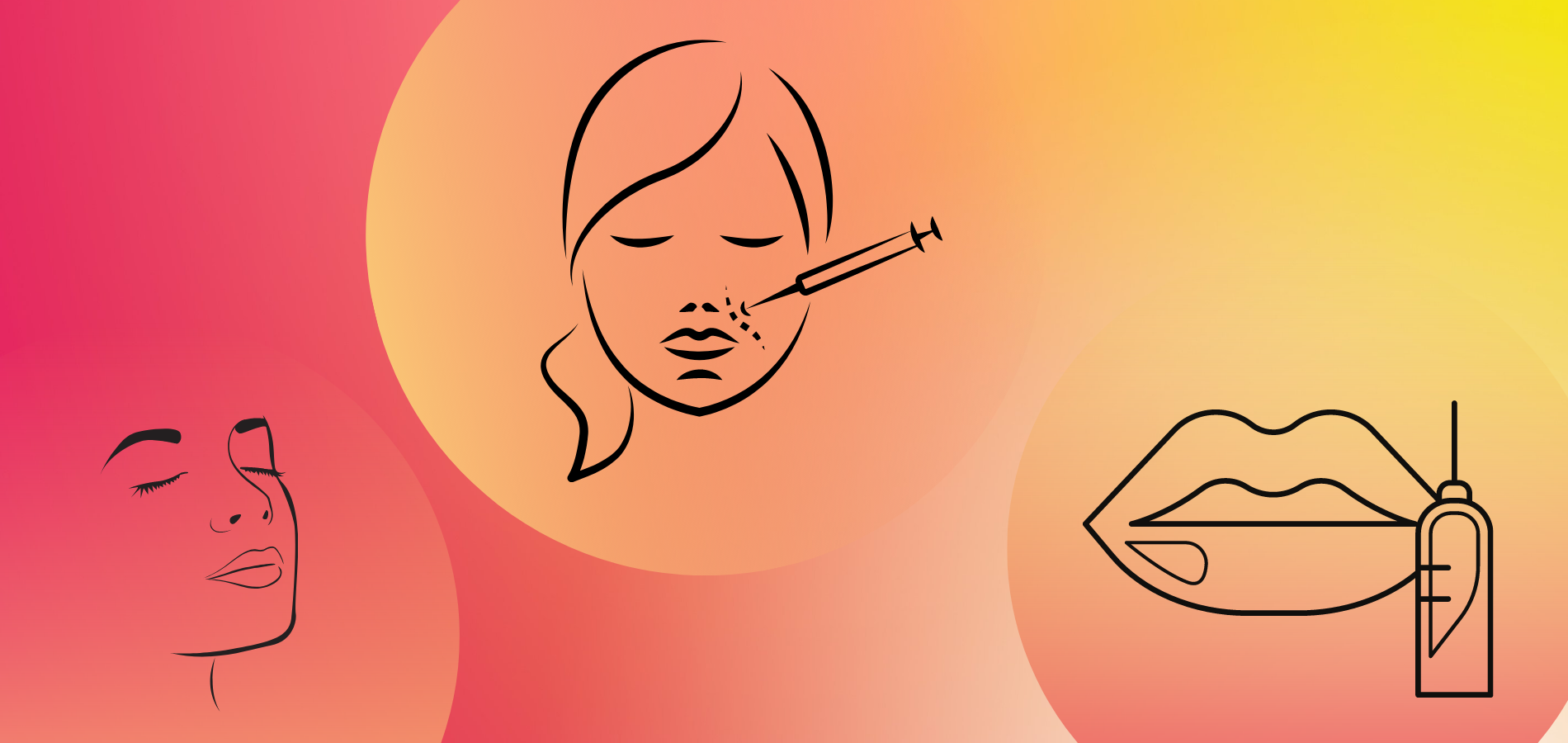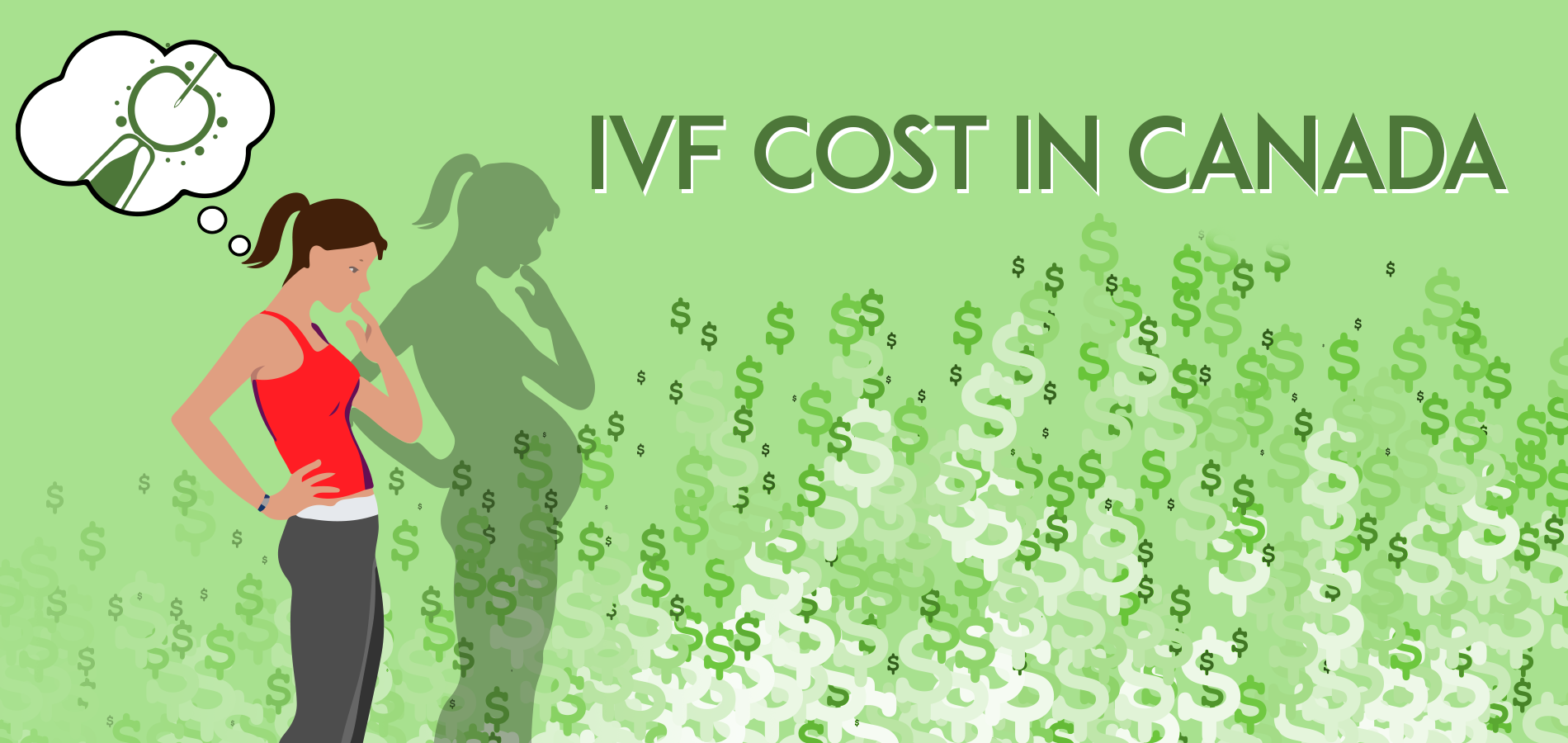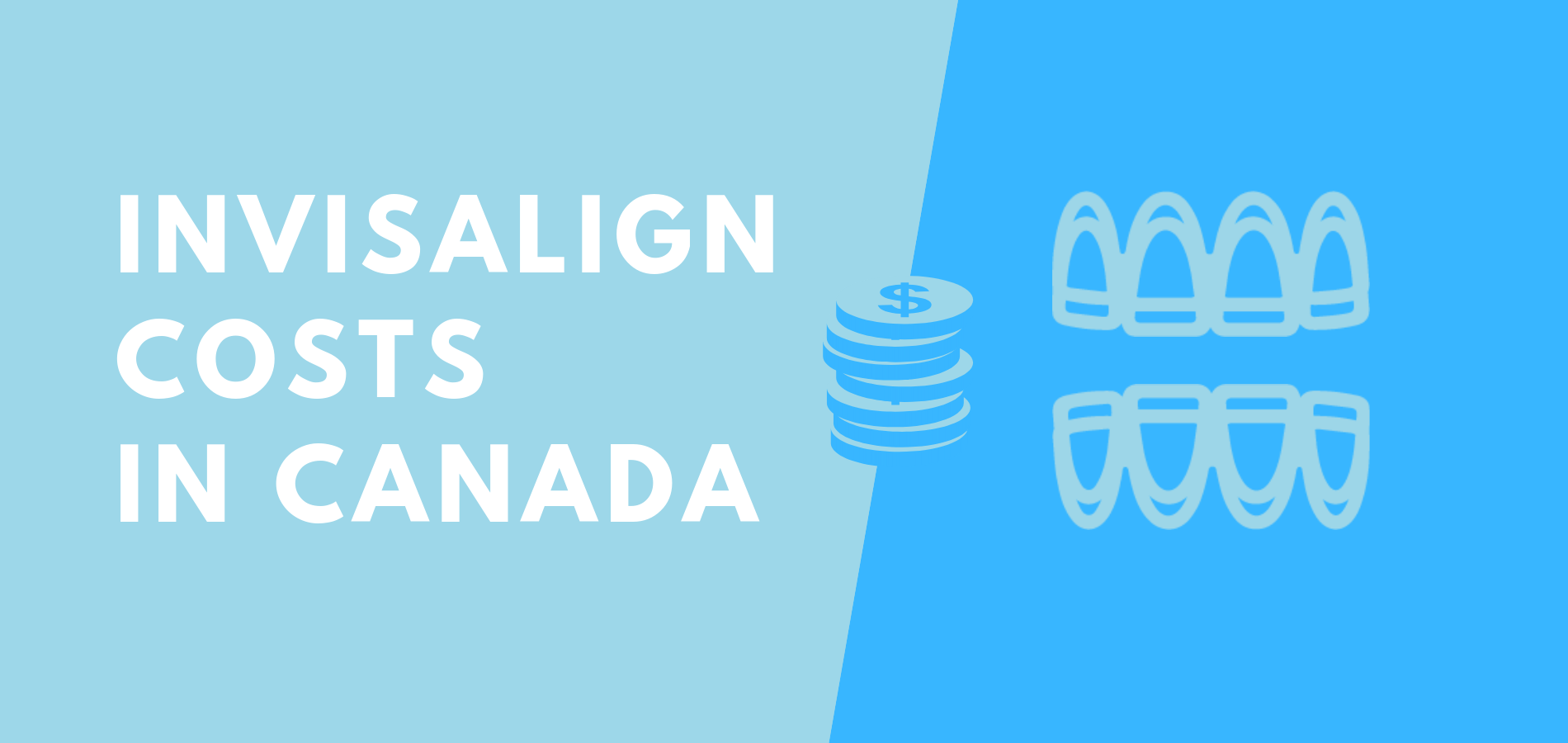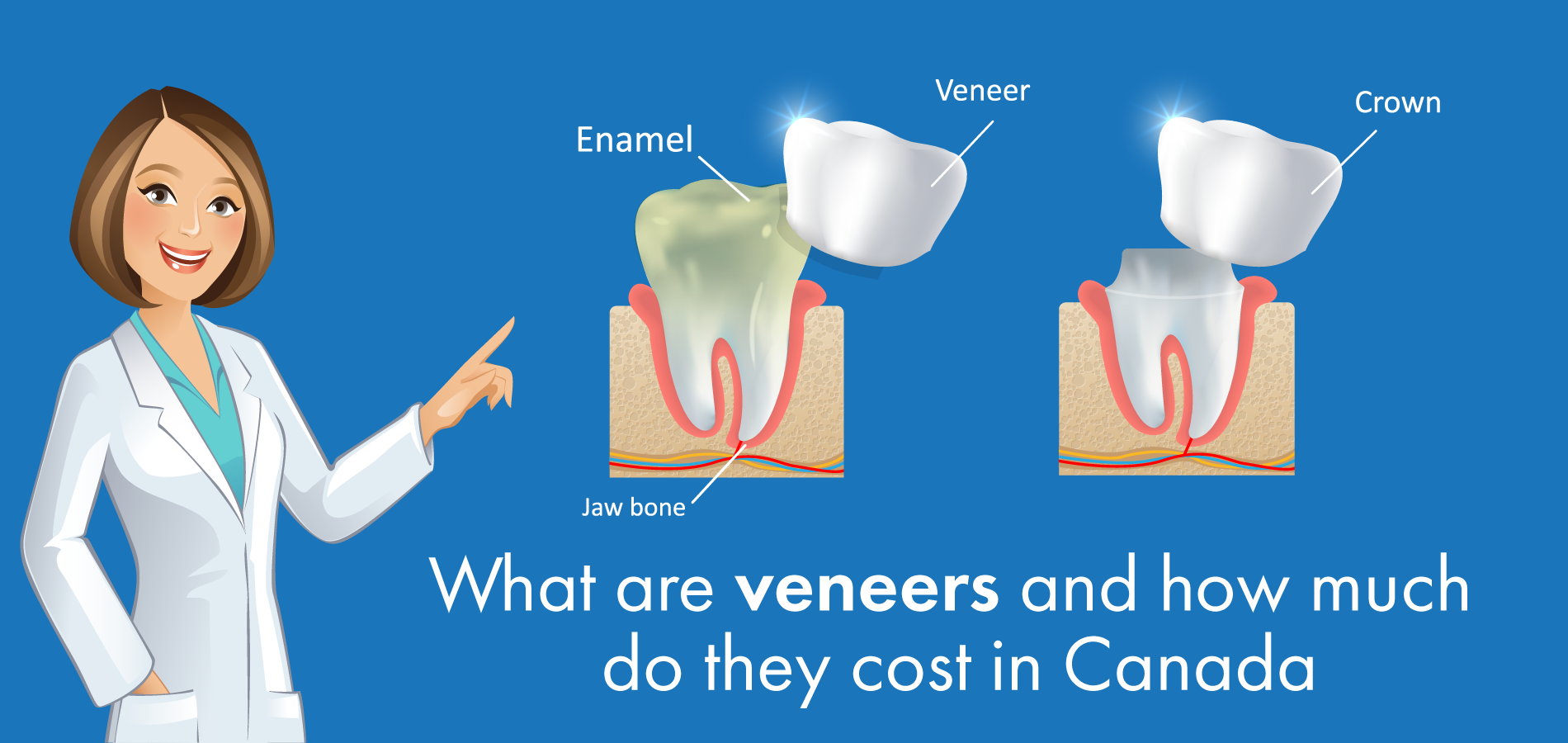Botox is one of the most popular non-surgical procedures in North America. As of January 2021, the most popular cosmetic procedure that was searched online in Canada was Botox, with a monthly search volume of over 18 thousand.
While Botox is most popularly used to treat the appearance of wrinkles and fine lines, it is also used to help treat various conditions, such as chronic migraines, TMJ syndrome, and much more. Those who are looking to get Botox treatments for medical purposes have the potential for the procedure to be covered by their insurance.
What is Botox and how does it work?
Botox is a drug used by doctors to treat wrinkles and fine lines. This drug is made from a toxin that is produced by a bacterium called Clostridium botulinum. The term "Botox" is a brand name of the toxin. While other brand names exist, Botox is the most popular as it was the first-ever injectable botulinum toxin.
After injection, Botox functions by blocking signals from the nerves to the muscles. As a result, the muscle can't contract, which causes the wrinkles to relax and soften. Botox is commonly used on the forehead, crow's feet, and frown lines. However, it does not help wrinkles caused by sun damage or gravity.
How is Botox done?
Botox is a relatively simple non-surgical procedure. It only takes a couple of minutes, and no anesthesia is needed - as you only experience minor discomfort.
Botox is performed using a small needle to inject Botox into various muscles, depending on the desired result. It takes roughly 7-14 days to take full effect and will last 3-6 months before muscle action begins to return, and another treatment is needed. It is common for wrinkles to come back less severe than before due to the muscle shrinking over time.
Before your Botox treatment, it is recommended that you avoid alcohol one week beforehand. In addition, you should avoid taking aspirin and anti-inflammatory medicines two weeks before treatment.
After your Botox treatment, you should avoid rubbing the injection site 24 hours after the procedure to prevent it from spreading to other areas. Your doctor may also recommend that you stay upright the following four hours after treatment and take a day off from exercising.
How is Botox used?
In addition to reducing the appearance of wrinkles and fine lines, Botox can also be used to help treat various conditions, including:
- Hyperhidrosis - severe underarm sweating
- Cervical Dystonia - severe neck and shoulder spasms
- Blepharospasm - uncontrolled blinking
- Strabismus - eyes that point in different directions
- Chronic migraine - frequent headaches accompanied by nausea, distorted vision, sensitivity to light, and dizziness
- Overactive bladder - frequent and sudden urge to urinate that is difficult to control
- Temporomandibular joint (TMJ) syndrome - pain and compromised movement of the jaw joint and surrounding muscles
Is Botox safe?
Botox is a generally safe procedure when an experienced doctor does it. However, not every type of wrinkle is treatable, and those who are pregnant, breastfeeding, have a neurological disease, or allergic to cow's milk protein should not get Botox shots.
If you're considering Botox, you should ask your primary care doctor for a referral or find a doctor who specializes in your condition and has experience administering Botox treatments.
Those who get Botox done may also experience the following symptoms temporarily:
- Bruising
- Headaches, flu-like symptoms, or feeling of general illness
- Droopy eyelid
- Crooked smile
- Drooling
- Eye dryness or severe tearing
- Mild pain or swelling around the injection site
- Numbness
Although it is extremely rare, there still exists the possibility that the toxin from the injection could spread into your body. If you experience muscle weakness, vision problems, difficulty speaking or swallowing, breathing problems, or loss of bladder control hours or weeks after Botox treatment, you should contact your doctor immediately.
How much does botox cost?
On average, the cost of Botox in Canada per unit is between CA$10 - CA$17. With that in mind, the average amount of Botox needed per area is as follows:
Forehead Lines – 10-30 units
Between the eyes – 12-20 units
Frown lines – 10-25 units
Crow’s Feet – 5-15 units per side
Smile lift – 4-5 units per side
TMJ Relief – 5-10 units per side
Face Slimming – 5-10 units per side
Chin Dimple – 3-6 units
Brow Lift – 2-5 units on each side
Hyperhidrosis underarm – 50 units per side
Hyperhidrosis hand – 50 units per palm
Keep in mind that the number of units of Botox needed can vary depending on the person - you could need more or less than the number of units listed above. While Botox for cosmetic purposes cannot be covered by health insurance, injections for medical purposes such as chronic migraines are. The pricing can also vary depending on your healthcare provider.
How can I pay for my Botox?
You can claim Botox procedures in a Health Spending Account (HSA) if they are for a medical reason. The HSA is a health and dental plan for incorporated small business owners.
For non business owners, you can file Botox procedures in the Medical Expense Tax Credit. However, both methods require Botox for a medical reason (such as Botox to reduce migraines). Cosmetic Botox is ineligible.





